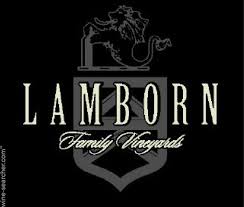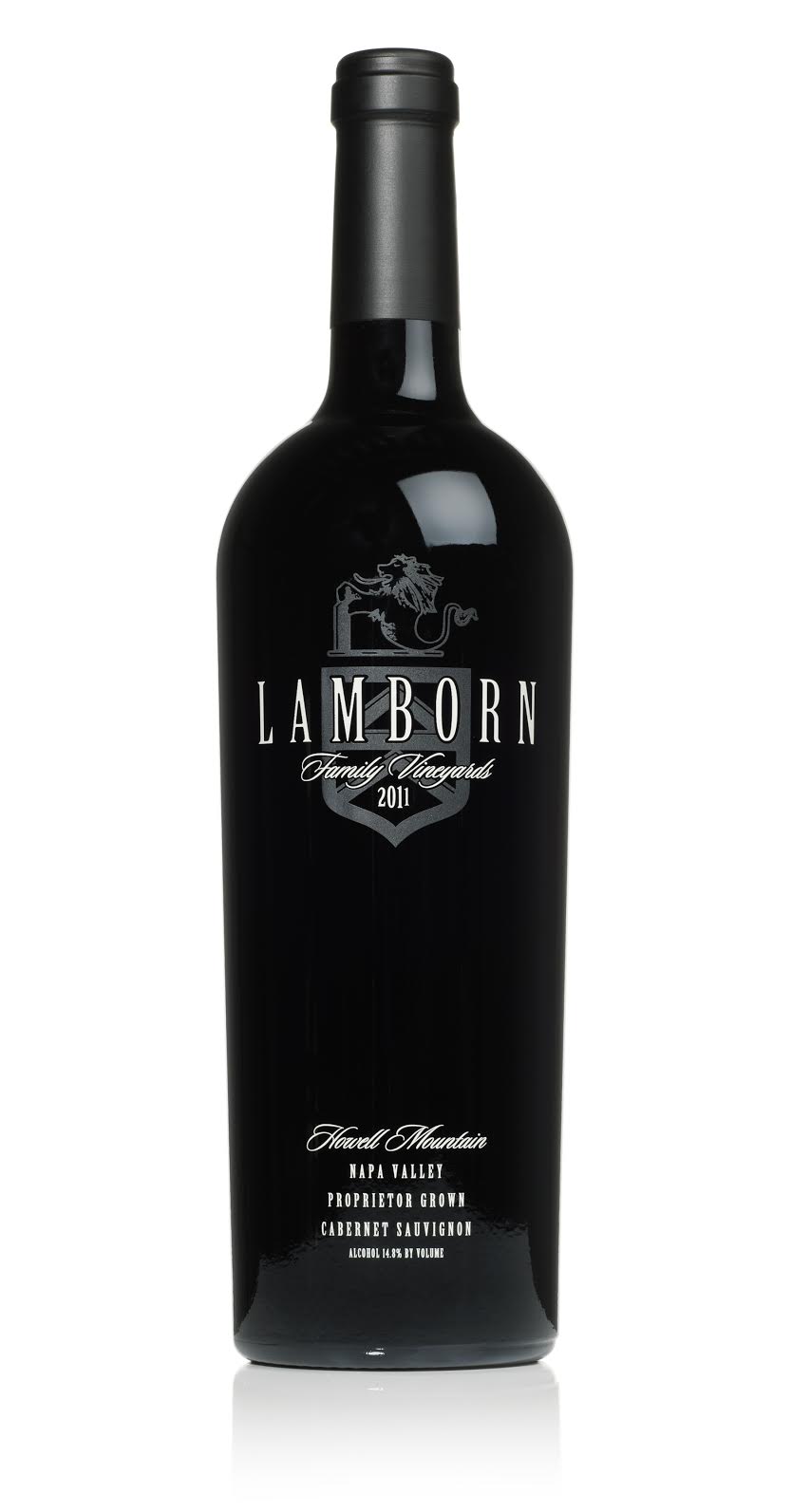"Wine Mic Monday" is a VAULT29 series based on an "open mic concept" where wineries take over our blog...because every glass and bottle of wine has a story. This week we are proud to feature Vineyard {511} a family owned and operated winery rich in history, high in the hills of the acclaimed Diamond Mountain AVA who believes, "Like a great restaurant that is a reflection of its chef, a great wine is a reflection of its winemaker, as well as of its vineyard."
Vineyard {511} and the Wines of Diamond Mountain District by Ed Ojdana
Located just two miles southwest of Calistoga, CA, Diamond Mountain has a long and rich winemaking history in Napa Valley. Constant Diamond Mountain Vineyards, laid out near the mountaintop at 2,200 feet above sea level, is one of the oldest vineyards in Napa Valley, dating back to the late 1890s. The Diamond Mountain District AVA, created in 2001, is unique with only 500 acres of vines, mostly Cabernet Sauvignon, although small amounts of other varietals, such as Merlot, Malbec, Petit Verdot, and Cabernet Franc, are also grown. Wineries located in the Diamond Mountain District (DMD) AVA are small production wineries, ranging from a few hundred to a few thousand cases each year. Diamond Mountain Ranch, owned by Sterling Vineyards, is the largest vineyard on Diamond Mountain, with about 200 acres of grapes on 307 acres of property.
In 2008, Ed and Irene Ojdana purchased a 6-acre estate on Diamond Mountain, which included a small vineyard, originally planted in 2001, with Cabernet Sauvignon grapes. Although Ed had some experience in the alcohol beverage industry, having worked at Olympia Brewing Company in the 1970s, neither Ed nor Irene had a background in the wine industry other than knowing they liked great wines. Over the years, they had visited Napa Valley many times and always thought it would be a great place to live when they gave up their day jobs. Since then, they have learned a great deal about farming vineyards and producing wine, and particularly what makes mountain wines so different from other valley wines.
What to Do With an Acre of Grapes?
The prior owners of the Ojdana’s estate had planted the vineyard in 2001. The vineyard, planted on a steep, west- facing hillside, draws the warm afternoon sun, allowing the grapes to slowly ripen during the growing season. A vineyard management company farmed the vines, and the grapes were being sold to the Duckhorn Winery at the time Ed and Irene purchased the property. Dan Duckhorn was a close friend of the prior owners. In 2007, however, GI Partners, a private equity group, bought a controlling interest in Duckhorn Winery, and Dan retired from active management in the winery. Because of the relatively small annual harvests (2 to 3 tons of grapes), the new management at Duckhorn was not interested in further purchasing the grapes.
Ed and Irene closed on the property in early 2008. There was much to do as the house on the property was in need of remodeling and updating, which became their focus for the remainder of 2008. Consequently, they sought another buyer for the grapes. They quickly learned how easy it was to make connections in the valley. Through Paul and Sue Frank, friends from Los Angeles and owners of Gemstone Winery at the time, they eventually met Pam Starr, one of the superstar winemakers in the valley, whose resume includes Winemaker at Spottswoode Vineyard and Winery prior to founding her own winery, Crocker Starr.
Through Pam, Ed and Irene sold their 2008 harvest to boutique winery Garric Cellars, with Pam as their consulting Winemaker. Their 2008 harvest was disappointing, yielding only one ton of grapes from a vineyard that historically produced 2 to 3 tons. They eventually learned that the vineyard management company had not properly irrigated the vineyard during the growing season, which resulted in the low yield. An important lesson was learned about staying involved in the active management of their vineyard, rather than totally relying on a farming company.
As part of their agreement with Garric Cellars, Ed and Irene received 5 cases of wine made solely from their 2008 harvest. They will occasionally open a bottle for visitors to Vineyard {511} so, if you are able to get an appointment to taste their wines, be sure to ask about it.
With 2008 under their belts, it was clearly time for a change in direction for the vineyard. The storm clouds of the Great Recession that rolled through in 2009 had a devastating impact on Napa Valley and on the 2009 harvest. As wine producers cut back on their 2009 production plans, growers were hit hard. Signs began appearing along Highway 29 advertising large quantities of grapes for sale – something unheard of in the valley. Ed and Irene found themselves without a buyer for their 2009 harvest, as Garric Cellars also cut back on its production for 2009.
And so, the idea of producing wine under their own label took hold. In the turbulent economic times of 2009, this was a risky decision. However, given the time it takes to age an outstanding Cabernet Sauvignon, Ed and Irene rightly thought that the economy would be well on its way to recovery by the time their Diamond Mountain District Cabernet Sauvignon was ready for release in early 2013.
Finding a Winemaker
The next challenge was to find the right winemaker. Like a great restaurant that is a reflection of its chef, a great wine is a reflection of its winemaker, as well as of its vineyard. Ed and Irene wanted an experienced winemaker, who believed in their vineyard and who could make a wine that reflected the Diamond Mountain District terroir. As luck would have it, family connections played a key role in their search. Irene’s nephew, Geoff Silverman, had grown up with Paul Frank. Paul is the son of Rich Frank and a highly-talented entertainment executive. He and his father Rich currently are executive producers of Royal Pains, now in its seventh season on the USA Network. Rich Frank, one of Hollywood’s most creative executives and longtime Disney executive, is also the owner of Frank Family Vineyards, near Calistoga, CA. Geoff arranged a private tasting for Ed and Irene at Frank Family Vineyards during one of his visits to Napa Valley. They were graciously hosted by Dennis Zablosky, the winery tasting room manager, who is often touted as one of the valley’s “legends.”
When Dennis heard that Ed and Irene were looking for a winemaker, he promptly volunteered that he had just the person for them – Rob Lloyd. Rob is a graduate of UC Davis, where he received a master’s degree in Enology in 1999. He subsequently worked at LaCrema as an Assistant Winemaker and then at Rombauer Vineyards, from 2001 to 2008, first as Assistant Winemaker and then as Winemaker. While at Rombauer, the winery received many new accolades and awards for its wines, including being named by Wine Spectator as one of the Top 100 wines in the world in 2007. In 2009, when Ed and Irene met Rob, he was, and remains, the Winemaker for Jessup Cellars and consults for several other wineries, including Humanitas, John Anthony Vineyards, and Handwritten Wines. He also has own label: Lloyd by Robert Lloyd.
During the “courting” process, Rob visited Ed and Irene’s vineyard a number of times in the summer of 2009, tasting and analyzing the grapes from various parts of the vineyard. After much suspense, Rob told Ed and Irene that he thought he could make a “pretty good” Cabernet Sauvignon from the grapes, one that would reflect the traditional Napa cabs before the high alcohol, jammy, fruit forward wines became the trend. Although mountain fruit is known for its tannins and often requires years of aging in the bottle, Rob felt that he could make wine that was drinkable upon release, as well as age well over a 10 to 15 year period. The wine would need to be aged in French oak considerably longer than the typical Napa Valley Cabernet Sauvignon is aged to accomplish this.
Rob also recommended that Ed and Irene hire a new vineyard management company, one that he knew well, worked with, and trusted. They subsequently hired John Truchard’s Vinewerkes company to farm their vineyard. John’s family is well known in the valley (Truchard Vineyards). John grew up in the valley, and it was only natural that he would continue their farming and winemaking tradition with his own vineyards and label (John Anthony Vineyards)...To Be Continued...
Please tune in next Monday for part 2 of Vineyard {511} and the Wines of Diamond Mountain, as Ed discusses topics like:
- What to Call It?
- Designing the Vineyard {511} Logo and Label
- Getting to Know the Diamond Mountain Neighborhood
- Mountain Wines vs Valley WInes
- AND MORE!
Be sure to add your Vineyard {511} wine experiences in the VAULT29 app!
"Like" Vineyard {511} on Facebook and "follow" them on Twitter @Vineyard511

























